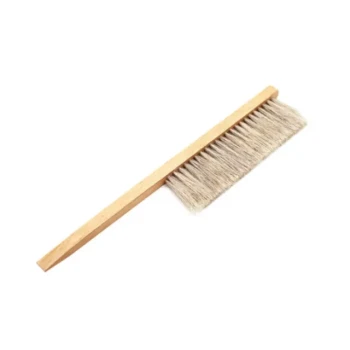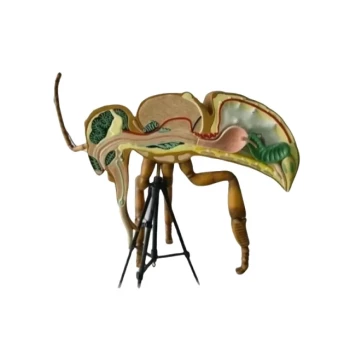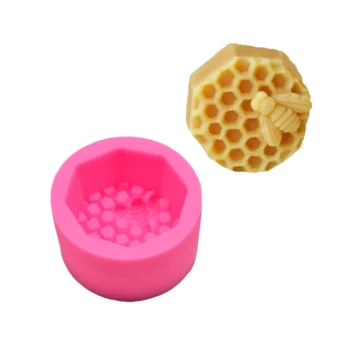In beekeeping, the primary use of oxalic acid is as a chemical treatment, known as a miticide, to control and reduce the population of Varroa destructor mites. This parasitic mite is one of the most significant threats to honey bee health worldwide. When applied correctly, oxalic acid effectively kills mites without causing significant harm to the bees in the colony.
The central takeaway is that oxalic acid is a highly effective tool against Varroa mites, but only when used strategically. Its power lies in its ability to kill mites on adult bees, making its application timing—ideally during a period with little to no sealed brood—the single most critical factor for success.
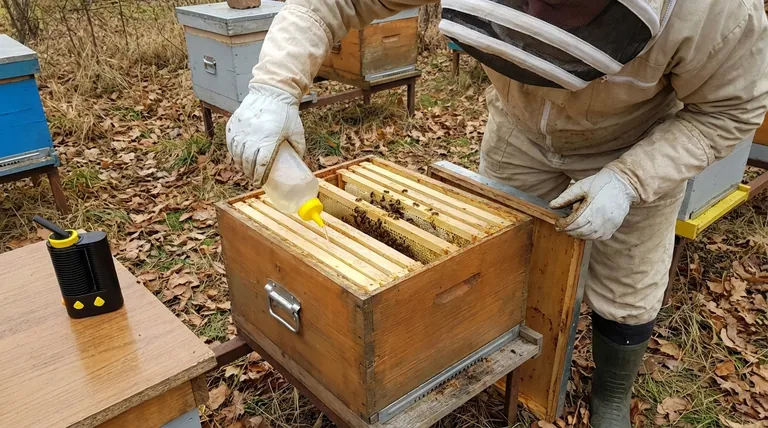
Why Varroa Mite Control is Essential
The Threat of Varroa Destructor
The Varroa destructor mite is an external parasite that attaches to the body of both adult and developing honey bees. It feeds on the bee's fat body tissue, weakening its host and shortening its lifespan.
Critically, Varroa mites are also vectors for transmitting numerous harmful viruses. An unmanaged mite infestation will almost invariably lead to the collapse and death of a honey bee colony.
The Role of Chemical Treatments
Oxalic acid is a key component of an Integrated Pest Management (IPM) strategy for beekeepers. It is an organic acid, naturally present in many plants and even honey itself in small quantities.
Because of its organic classification, it is an approved treatment for beekeepers who practice organic or treatment-free beekeeping but need an intervention to save a colony from a high mite load.
How Oxalic Acid Works Against Mites
A Contact Miticide
Oxalic acid works on contact. When bees are exposed to the acid, it kills the Varroa mites that are physically attached to them. These mites are known as phoretic mites.
The precise mechanism is not fully understood, but it is believed to damage the mite's mouthparts, feet, or metabolism, leading to its death.
The Critical "Broodless" Window
The single most important concept to understand about oxalic acid is that it does not penetrate the wax cappings of brood cells.
A significant portion of a colony's Varroa mite population is typically reproducing within these sealed cells, safe from the treatment. Therefore, oxalic acid is most effective when the colony has very little or no sealed brood, a condition often found in late fall, early winter, or during a nuc's development.
Common Application Methods
Vaporization (Sublimation)
This method involves using a specialized tool to heat oxalic acid dihydrate crystals. The heat causes the crystals to sublimate, turning directly into a vapor that fills the hive cavity.
The vapor re-crystallizes into microscopic particles that coat the surfaces and the bees, delivering the treatment throughout the colony.
Dribble or Trickle Method
Here, oxalic acid is dissolved into a warm sugar syrup solution. This solution is then trickled or "dribbled" directly onto the bees clustered between the frames.
The bees spread the solution throughout the hive via contact and grooming, effectively distributing the treatment. This method is often simpler as it requires less specialized equipment.
Spray Method for Packages
A third, less common method is spraying a solution of oxalic acid and sugar water directly onto a new package of bees before installation. Since a package has no brood, all mites are phoretic, making this a highly effective way to start a new colony with a minimal mite load.
Understanding the Trade-offs and Safety
Timing is Everything
Applying oxalic acid when a colony has a large amount of sealed brood is an ineffective use of the treatment. The majority of the mites will be protected within the brood cells, and the treatment will fail to significantly reduce the overall mite population.
Bee and Queen Safety
While generally considered safe for bees when used at the correct dosage and frequency, overuse can be harmful. The dribble method, in particular, can be harder on bees if applied too frequently, as they ingest some of the solution.
Beekeeper Safety is Paramount
Oxalic acid is a hazardous substance to humans. The vapor is corrosive to the respiratory tract and skin.
When vaporizing oxalic acid, wearing a full-face respirator with acid gas cartridges, along with gloves and long sleeves, is non-negotiable. The dribble method is less hazardous but still requires gloves and eye protection.
Making the Right Choice for Your Goal
- If your primary focus is a highly effective late-season treatment: Use either vaporization or dribble during a natural broodless period in late fall or winter to drastically reduce the mite load.
- If your primary focus is treating a newly captured swarm or installed package: Use the spray method to ensure the bees are clean before they begin raising their own brood.
- If your primary focus is simplicity and minimal equipment: The dribble method is often the most accessible, though care must be taken with the dosage.
- If your primary focus is speed and efficiency for multiple colonies: Vaporization is typically faster to apply per hive once you have the proper safety equipment.
By understanding its limitations and proper application, you can use oxalic acid as a precise and powerful tool to ensure the long-term health of your honey bee colonies.
Summary Table:
| Application Method | Best Use Case | Key Consideration |
|---|---|---|
| Vaporization | Multiple hives; late-season treatment | Requires specialized safety equipment |
| Dribble/Trickle | Simplicity; minimal equipment | Correct dosage is critical for bee safety |
| Spray | New bee packages or swarms | Effective only in broodless situations |
Ready to implement an effective Varroa mite control strategy?
As a commercial beekeeper or equipment distributor, managing mite levels is critical to the health of your colonies and the success of your operation. HONESTBEE supplies the professional-grade beekeeping supplies and equipment you need, including oxalic acid and application tools, through our wholesale-focused operations.
Let us help you protect your investment. Our experts can guide you to the right products for your specific needs. Contact our team today to discuss your mite management plan and ensure the long-term vitality of your apiaries.
Visual Guide
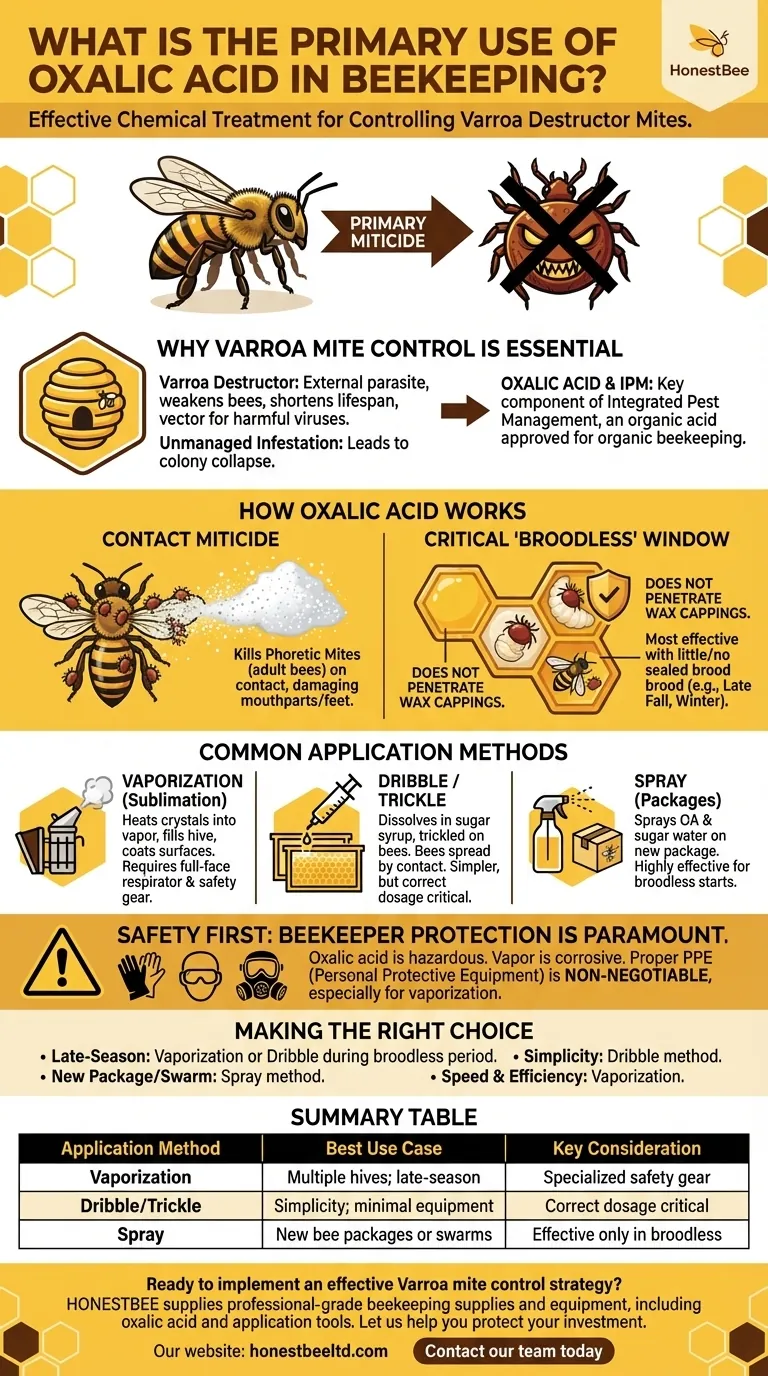
Related Products
- Adjustable Formic and Acetic Acid Dispenser for Bee Mite Treatment
- Professional Bamboo Queen Isolation Cage
- High Performance Plastic Queen Excluder for Beekeeping and Apiary Management
- Metal Queen Bee Excluder for Beekeeping
- Premium Wood Framed Metal Wire Queen Bee Excluder
People Also Ask
- How can beekeepers ensure their hives survive the winter? A Guide to Colony Survival
- What are phoretic mites? A Beekeeper's Guide to Monitoring Varroa Infestation
- How do Varroa mites spread between honey bee colonies? Stop Mite Transmission in Your Apiary
- What should be done after treating a colony for varroa mites? A Step-by-Step Guide to Verifying Success
- What is the focus of hive management during summer? Maximize Your Honey Harvest with Expert Tips





